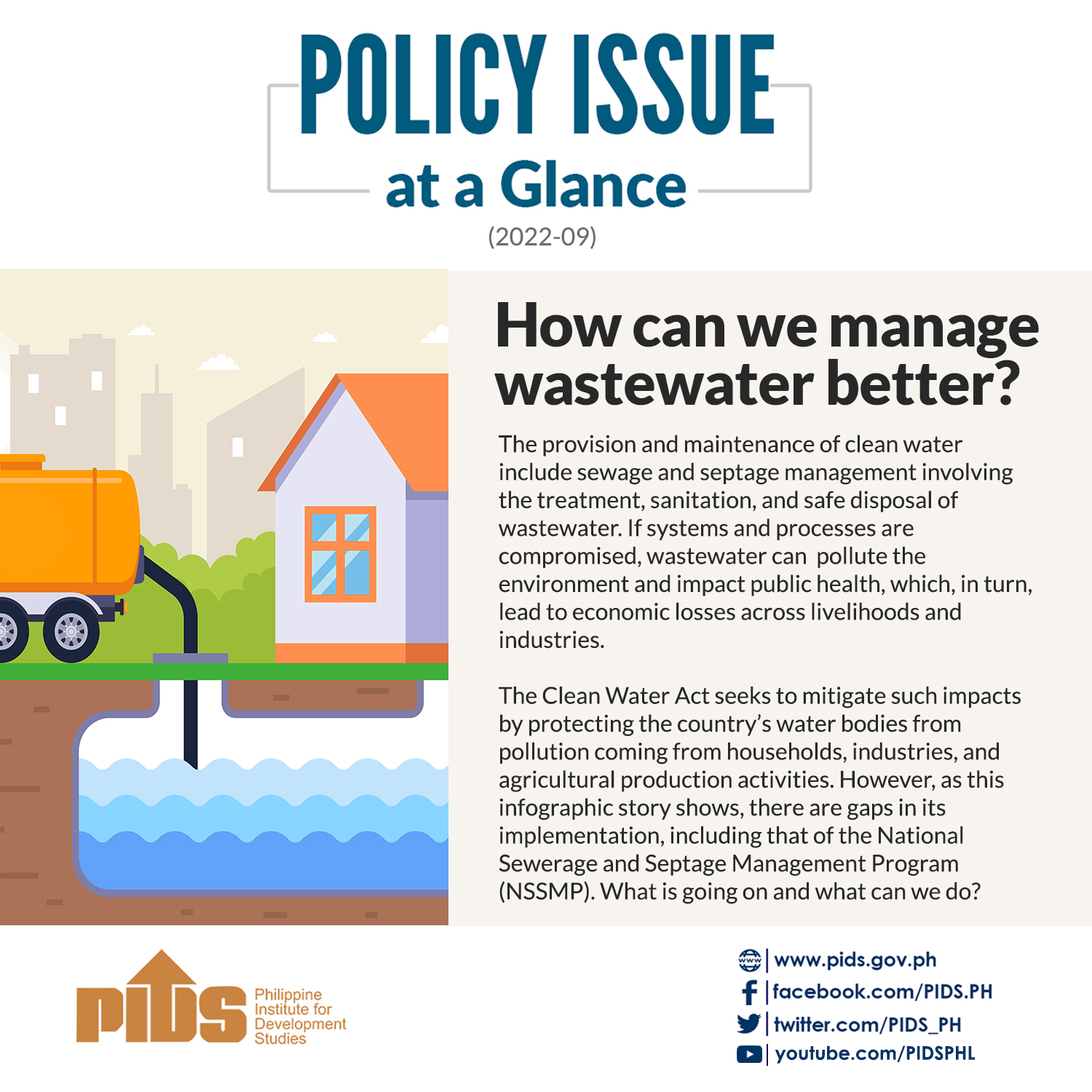State think-tank Philippine Institute for Development Studies said the revival of national railways can be an alternate solution to the logistics problem of traders in Luzon.
PIDS fellow’ Epictetus Patalinghug, Gilberto Llanto, Alexis Fillone, Noriel Tiglao, Christine Ruth Salazar, Cherry Ann Madriaga and Ma. Diyina Gem Arbo said in their paper the improvement of railway system in the country could help ease traffic and congestion in ports.
"The revival of the Philippine National Railway network from Bicol region to La Union can provide a convenient and alternative way to travel and ship cargo in the Luzon area,” they said.
International Container Terminal Services Inc., according to the paper, operated a rail-based transport system between the Manila International Container Terminal and the Calamba Inland Container Depot from 1997 to 2003 but the government considered the route unsustainable.
"The system was terminated because the trains could not run at the desired speed and be punctual due to the deteriorating conditions of the rail tracks,” the study authors said.
"Furthermore, there were long turnarounds and waiting times because only one train set was in operation,” they added.
The study showed the current level of freight traffic through Batangas was too small to consider it a major source of potential base traffic.
In 2014, the average speed in road segments designated as truck routes during peak hours was 5.2 kilometers per hour compared with the average speed of 16.57 kph for all other roads.
Simulation results showed that only 4.1 percent of the estimated volume of truck freight would be shifted to rail transport during peak and non-peak hours.
Meanwhile, the Finance Department chief economist Gil Beltran said aside from rail transport, the construction of the South Luzon Expressway and North Luzon Expressway extensions would help ease the logistics problem.
He added while others saw traffic and congestions as nuisance, these were signs of a good problem.
"This means that we have a moving economy. We have been a laggard for the past decades that is why our infrastructures was not able to adjust to such events [economy growing beyond five percent],” Beltran said.
The chief economist also said since the government was looking at higher growth rates for the economy in the next two years, Filipinos would continue to see congestion and traffic.
"But, if the Skyway, the NLEx and SLEx connectors will be built in time, we will be able to have some room to move,” Beltran said.//












